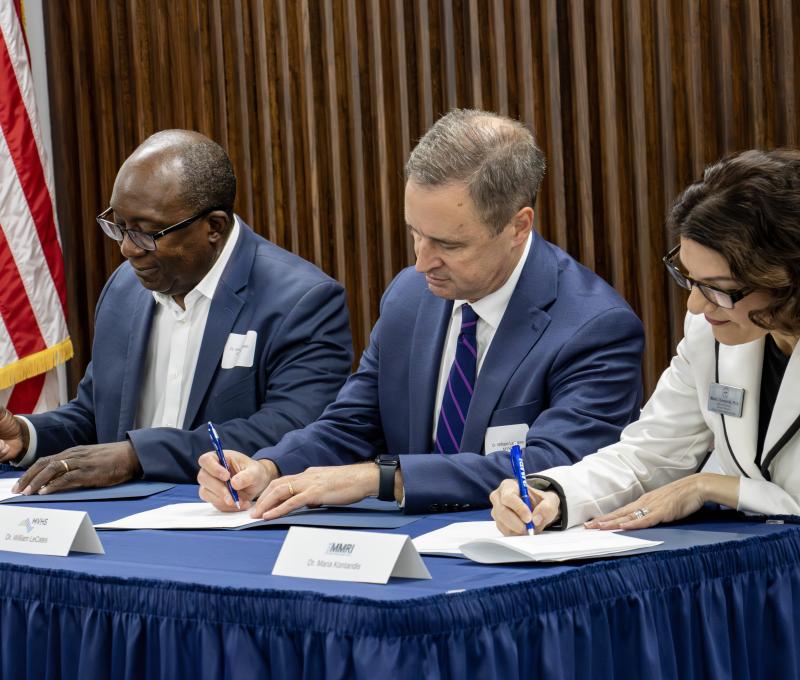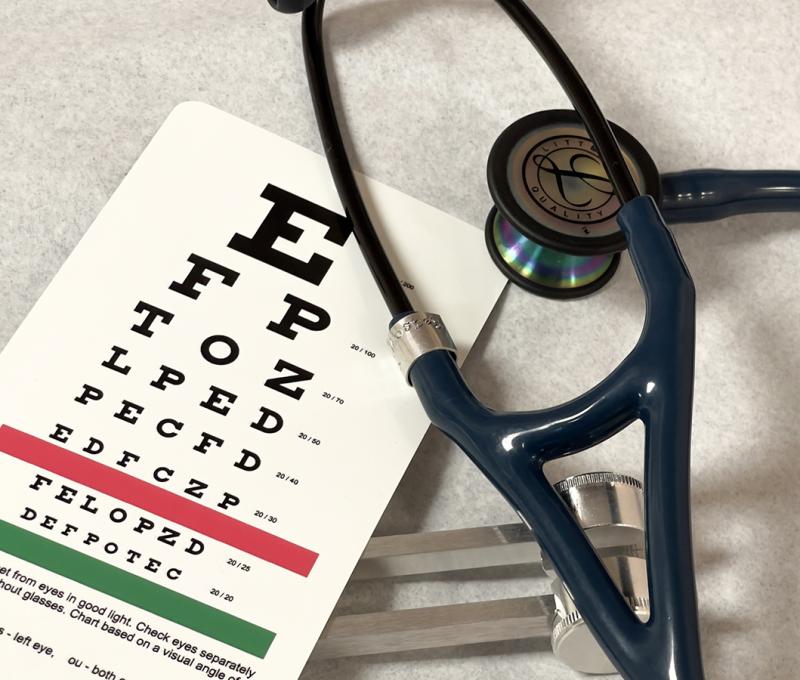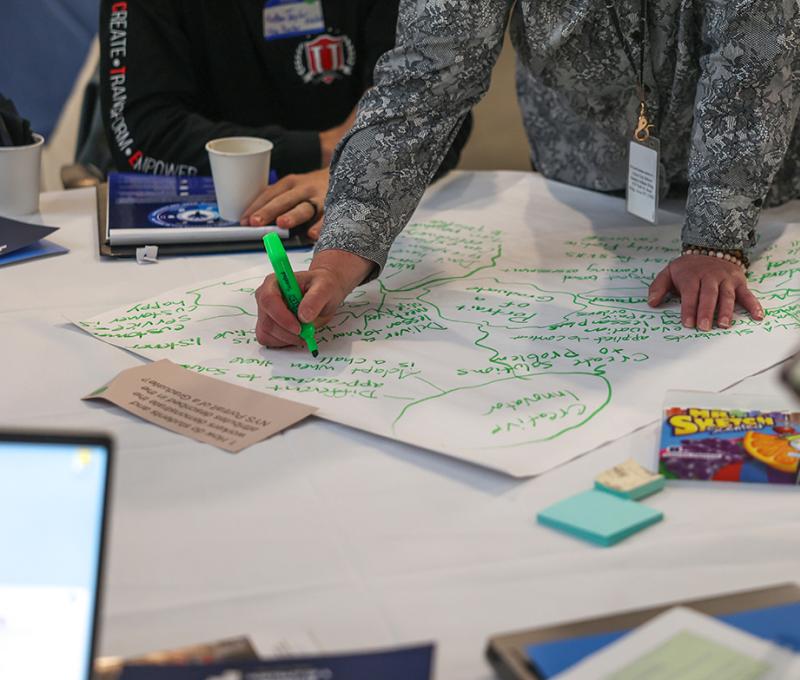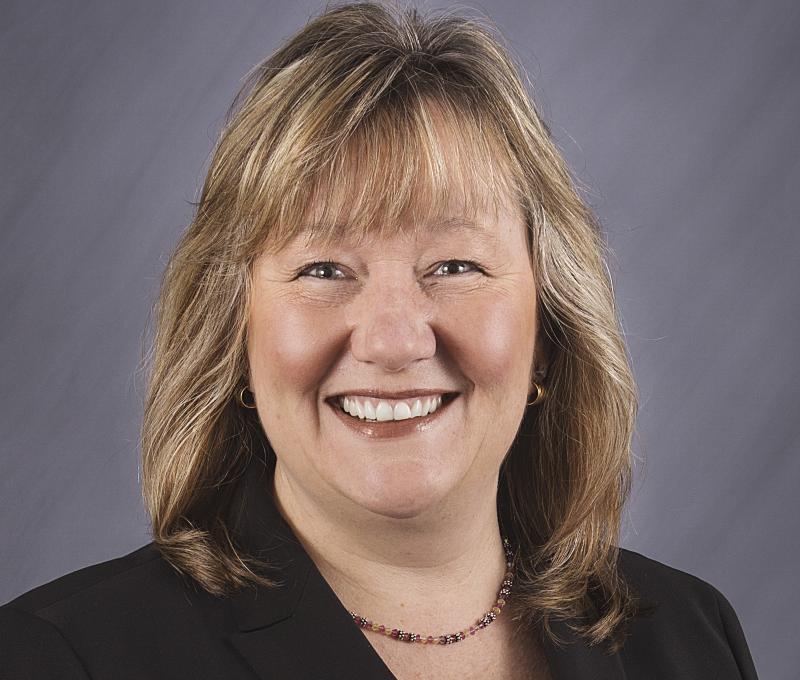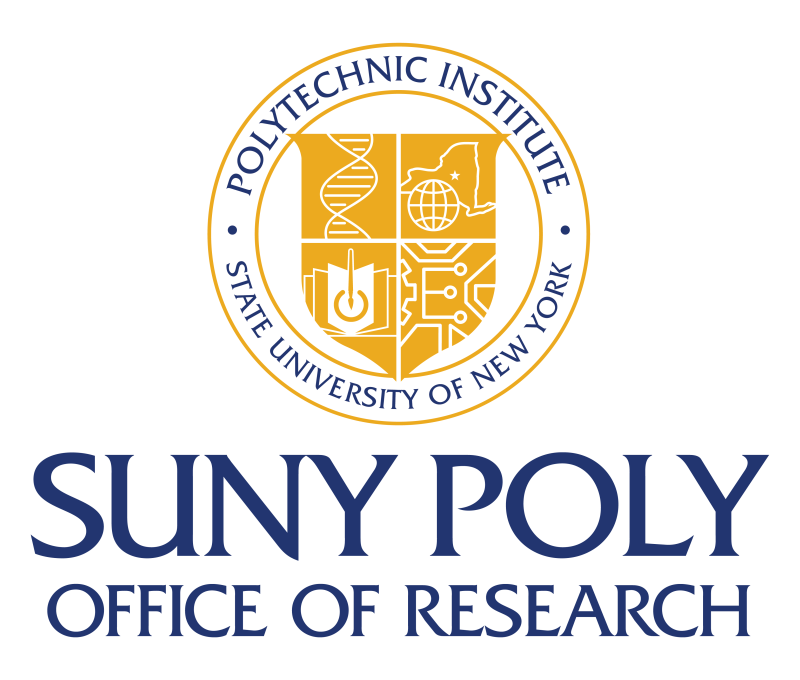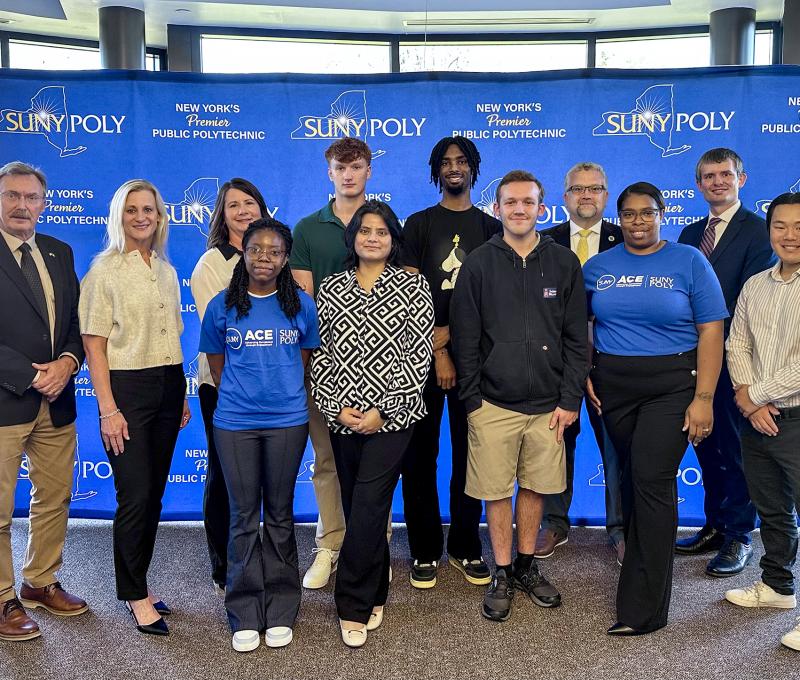UAlbany Biologist Secures $3.4 Million to Study Fibrosis in Collaboration with SUNY Poly Professors

University at Albany News Release
Grant will help scientists identify potential therapies for people suffering from the condition
ALBANY, N.Y. (May 7, 2019) – An associate professor of biological sciences at UAlbany received $3.4 million from the National Institute of Dental and Craniofacial Research (NIDCR) to research the causes of fibrosis and find ways to remediate it.
Fibrosis is an excess deposition of the fibrous material between the cells of connective tissue. Although fibrosis is a natural response to injury, it is a causative factor in hundreds of diseases and is associated with 40 percent of deaths worldwide, explains Melinda Larsen, the principal investigator of the five-year project.
Though it can occur in any organ, fibrosis often occurs in the salivary glands of patients treated for head and neck cancers and in patients suffering from Sjögren’s Syndrome, a common autoimmune disease in which the secretory ability of many organs (including the salivary glands) is significantly reduced. Though fibrosis is a common problem, much remains unknown about how exactly it develops and leads to dysfunction in salivary glands. Because of this, no truly effective therapeutics are available, Larsen said.
Her lab on the uptown campus has long worked to understand how salivary glands develop and to engineer regenerative medical strategies to treat diseases like Sjögren’s Syndrome. Now armed with the multi-million dollar grant from NIDCR, Larsen, who is also affiliated with the RNA Institute, can take that work a step further.
Working with student researchers, Larsen and her team will use expression of the RNA messengers produced by cells to identify the cells responsible for fibrosis in the salivary glands and the signals made by those cells. A focus of the project will be on mesenchymal stem cells (MSCs), which have been used in clinical studies because of their ability to reduce chronic inflammation - a problem intimately tied to fibrosis.
Collaborators at SUNY Polytechnic Institute, including Yubing Xie and Susan Sharfstein, in addition to consultant James Castracane, will engineer scaffolds that Larsen will use to grow mesenchymal stem cells (MSCs) on. Once Larsen has grown the MSCs, she will use them as a patch on diseased gland models and investigate their ability to reduce fibrosis.
“The end goal here is to identify potential therapeutic targets and find ways to potentially restore function for people suffering from fibrosis,” said Larsen. “Fibrosis is a common component of many diseases including liver cirrhosis, cystic fibrosis, and hypertrophic scars. If we can improve the scientific knowledge about what contributes to fibrosis of the salivary glands, there’s a very real possibility that this will have positive implications not just for those suffering from fibrosis within their salivary glands but also in other organs as well.”
“On behalf of SUNY Polytechnic Institute, Dr. Sharfstein and I look forward to this exciting collaboration which will leverage our state-of-the-art lab capabilities to enable the nanofabrication of scaffolds and delivery of stem cells, which will be utilized by Dr. Larsen to explore ways in which fibrosis can be mitigated,” said Xie. "This offers hope for better options for many who currently experience this debilitating disease, and we are proud to play a role in this effort."
###
For Immediate Release
Contact: Kelsey Butz (518) 256-7540 University at Albany
Steve Ference sference@sunypoly.edu (518) 956-7319 SUNY Poly

